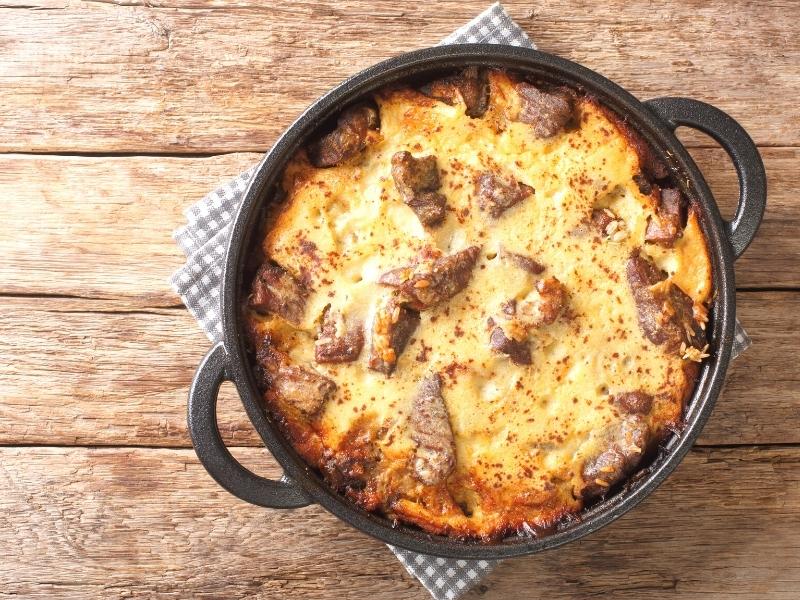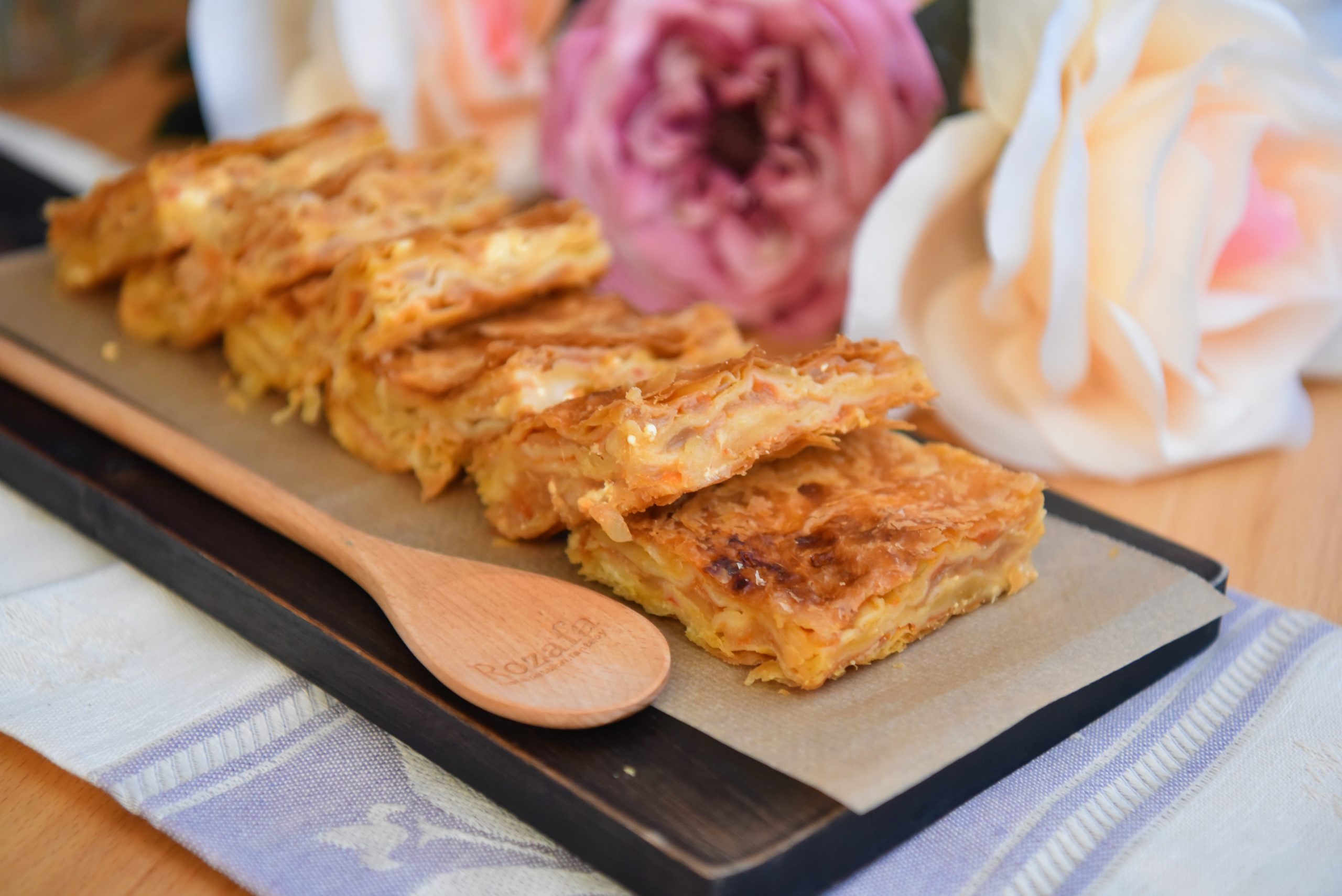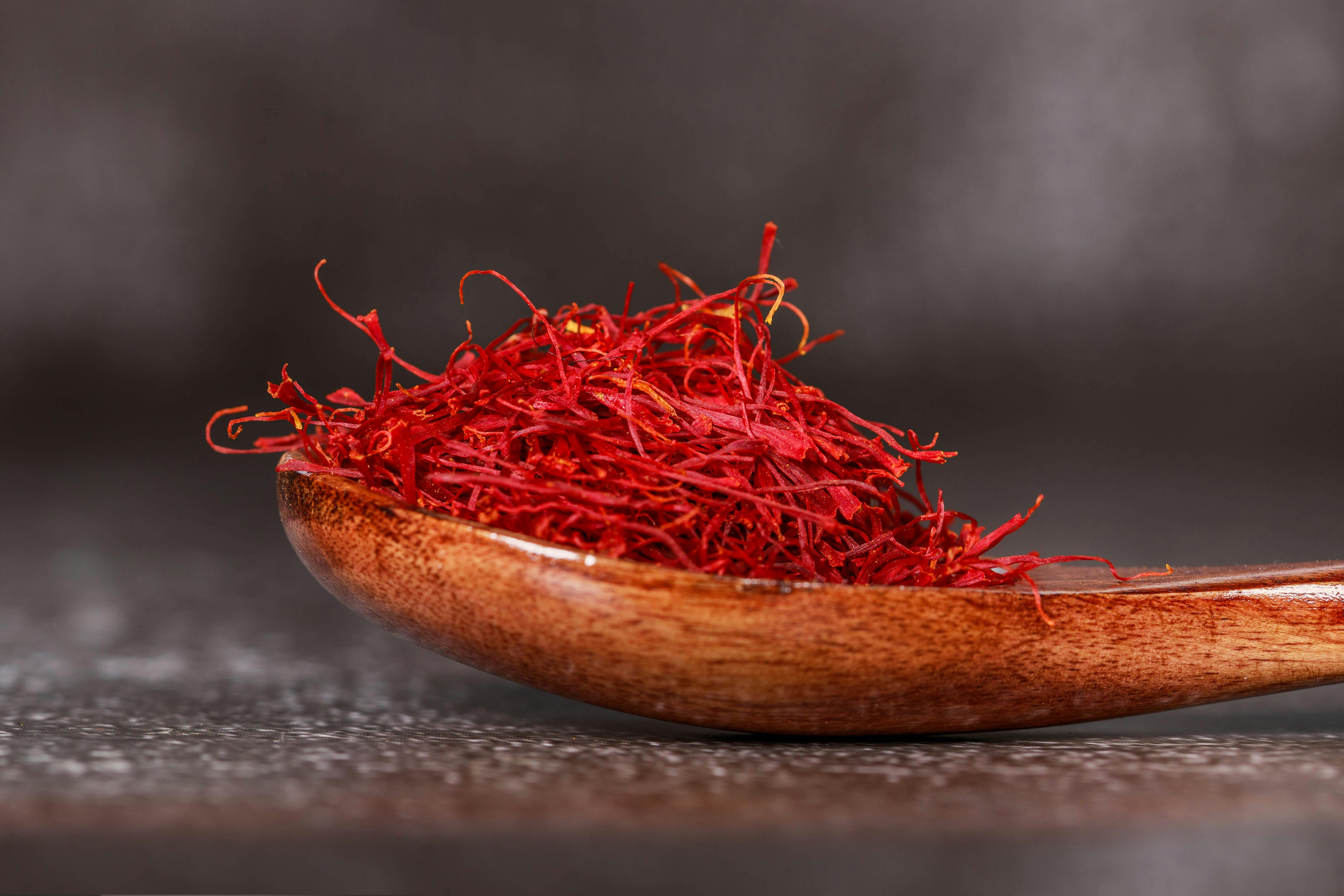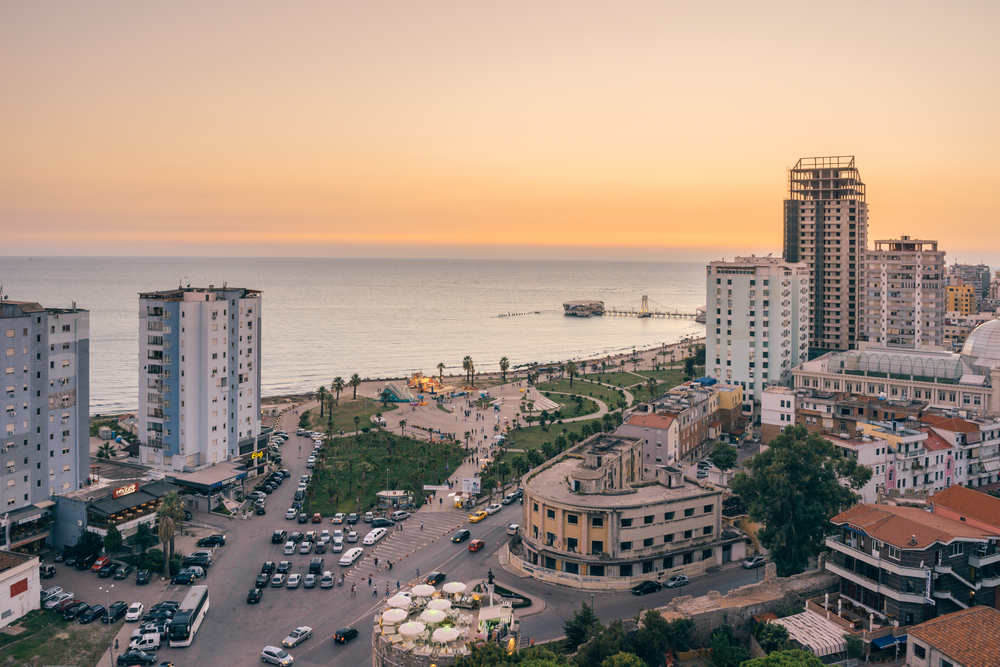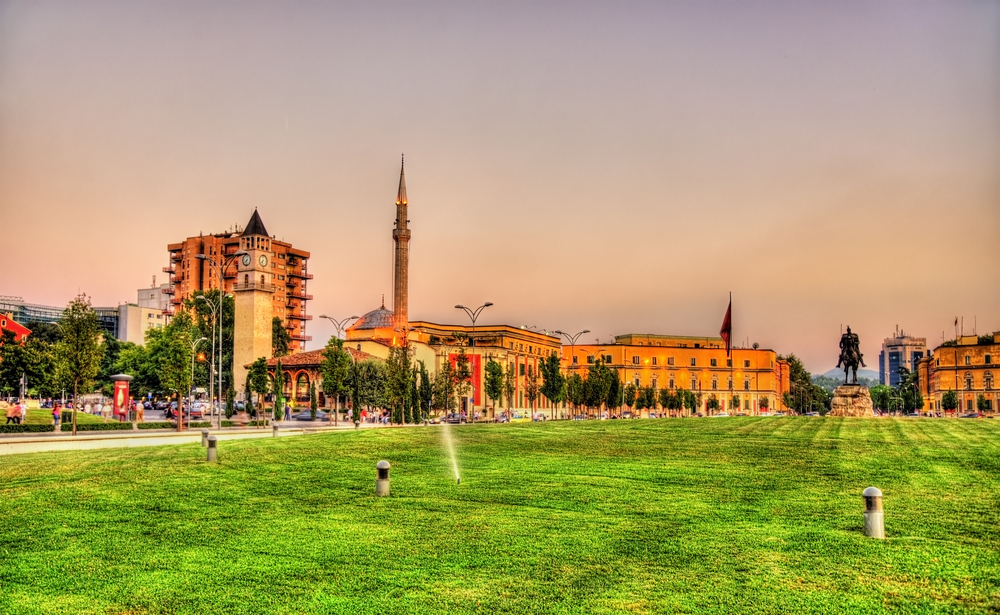
Tirana: best attractions and tips for sightseeing
Jun 8, 2023
Albania, known above all for the sad historical events that have characterized it (those of the nineties are the most recent) surprises us with its ability to restart and renew itself, thanks to its citizens, although it contains the testimonies of those years. Tirana, the capital, is the emblem of this revival, in which we can find both numerous tourist attractions, but also many restaurants and clubs to have fun.
This city, located 30 kilometers from the sea, is a very cheap and easy to reach destination for Italians. In this guide we will go to see what to visit in Tirana with some useful tips to enjoy your trip!
If you are interested in a visit to the capital, take a look at our Tour.
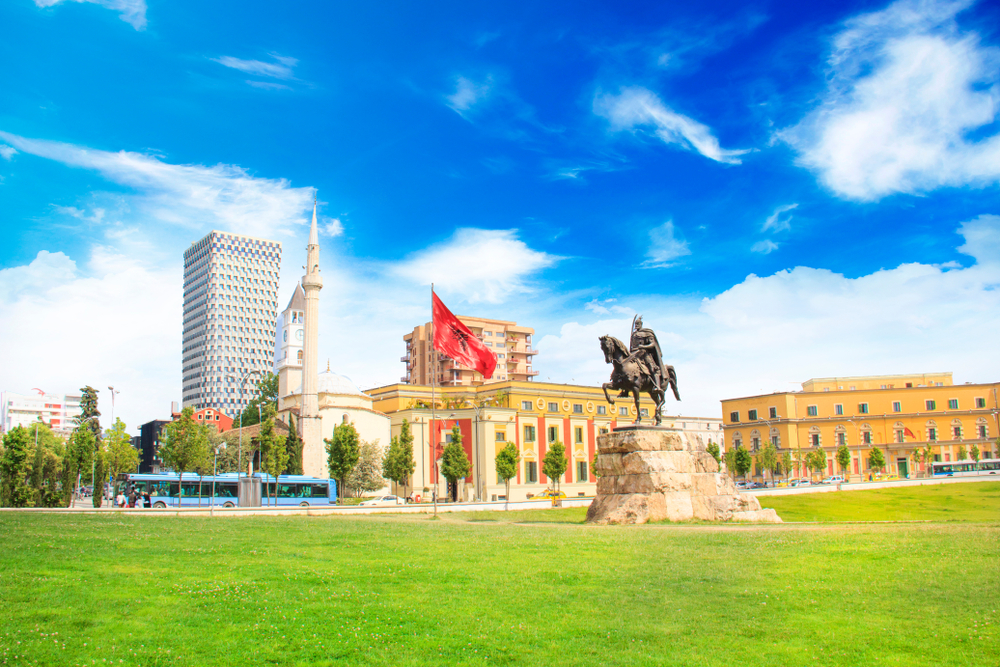
1 - Skanderberg Square
This square, which overlooks the most important buildings of the city, including the town hall, houses the statue of the national hero Skanderbeg and is the heart of the city life.
In the square, there is also a very beautiful fountain to see, since the water that slides from it makes the stone floor shine. Also, around here we can visit the mosque, one of the oldest in the city, which was spared by the destruction of the communist regime precisely because it was considered one of the most important cultural monuments.
This square is one of the attractions that must be visited during your trip, although lately the square is undergoing renovation, so it may be difficult to visit some palaces and museums.

2 - National History Museum
Opened in 1981, the National History Museum is Albania’s largest museum and overlooks the city’s main square. The facade of the building is decorated with a beautiful mosaic that tells the history of the country.
Inside it contains more than 3,600 finds dating back to different historical periods: from prehistory to independence. Worth visiting is the pavilion dedicated to the Communist Terror, with images, documents and videos of the years of the regime.

3 - Et'hem Bey Mosque
As mentioned earlier, this mosque, which dates back to the period is considered as one of the oldest and most beautiful places of worship in all of Albania.
It is built with a typical Ottoman architecture, the tower and the dome have a unique style and, both inside and outside, we find decorations of landscapes and natural elements. It was closed during the communist period and reopened later by a crowd of people as a gesture of protest, in 1991.
The entrance to the Mosque is closed during prayer hours, women must cover body and head before entering, and all must take off their shoes.
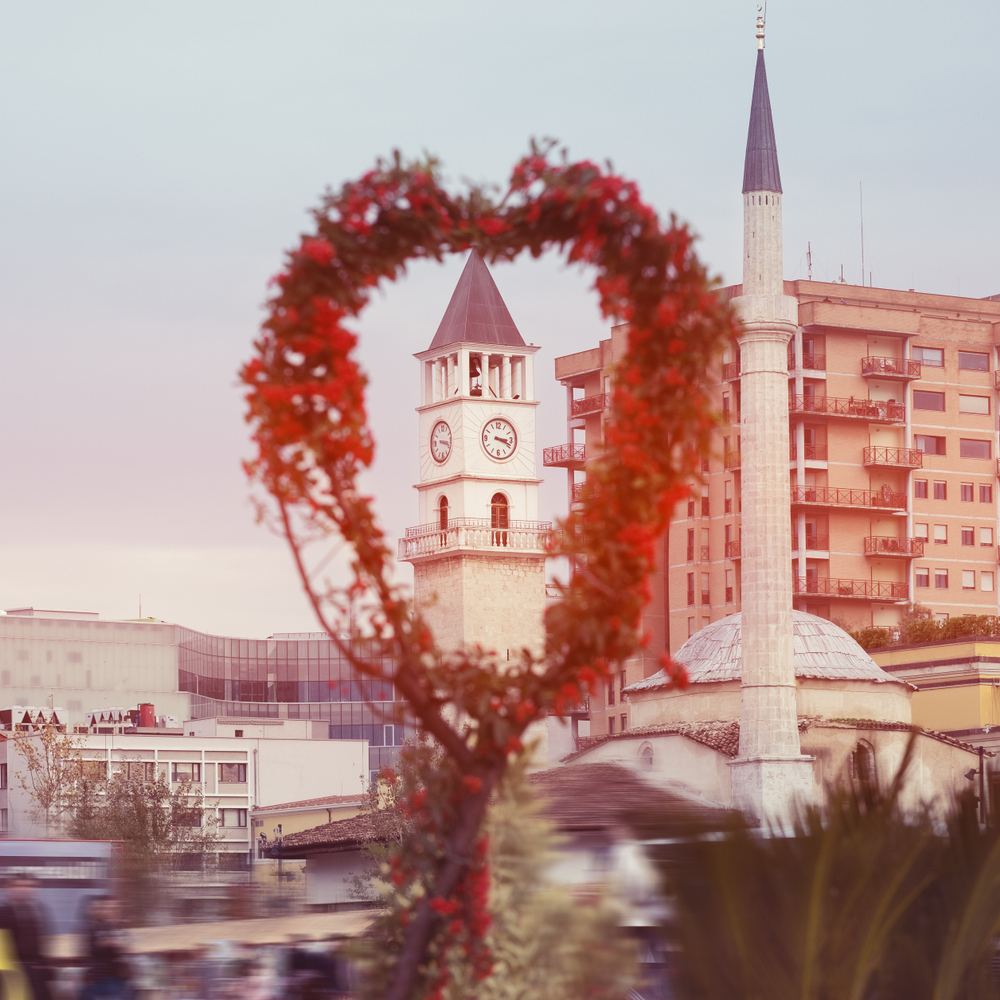
4 - The Clocktower
Also the Clock Tower, considered one of the main symbols of the city, overlooks Skanderbeg Square. It was built in 1821 thanks to the economic aid offered by the richest families of Tirana; in fact, according to the Muslim tradition, the richest families must donate the tenth part of their annual earnings to finance public buildings or charitable works.
Once you have climbed the 90 steps of the tower, you can observe the city from above and enjoy a breathtaking view.
5 - Bulevardi Deshmoret and Kombit
The Bulevardi Deshmoret and Kombit, dedicated to Martyrs and Fighters, is a very long avenue that leads to the National Art Gallery and very crowded, both by tourists and by local people, during sunny days.
The avenue was built during the Italian occupation of Albania and is one of the most important streets of the city, in which there are important buildings such as banks and universities.
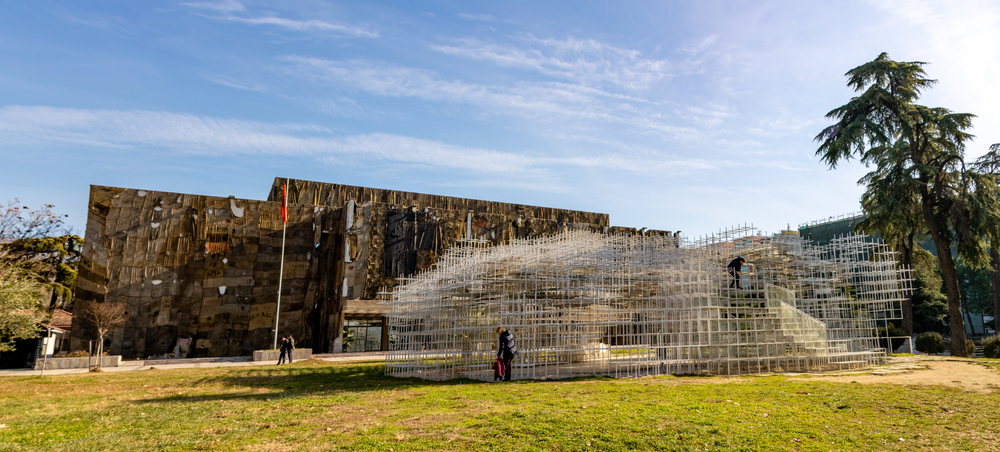
6 - National Gallery of Art
The National Art Gallery is located on the important avenue mentioned in the previous point and contains many paintings. The museum collects about 4,100 works, from the thirteenth to today, by national and foreign artists.
It is divided into two parts, one dedicated to permanent exhibitions, with works from the period of National Resistance, Independence, anti-fascist resistance, socialist realism and contemporary Albanian art, the other dedicated to temporary exhibitions.

7 - Bunk'Art 2 and Bunk'Art 1
Bunk'Art 2 and Bunk'Art 1 are two bunkers built during the dictatorship, which have been transformed into museums and which you should visit if you want to learn more about the history of the country.
Bunk'Art 2, the most recent, opened in 2016, is a structure that was used to accommodate elite police and ministry personnel in case of nuclear attacks, and inside there are images and objects that tell the story of persecution of the communist regime.
Bunk'Art 1, a building on 5 floors, with 106 rooms including those of the dictator, tells the story of the Albanian army and everyday life during the dictatorship. This building is located outside the center, so you can also visit the Dajt National Park on the same day, which is nearby.
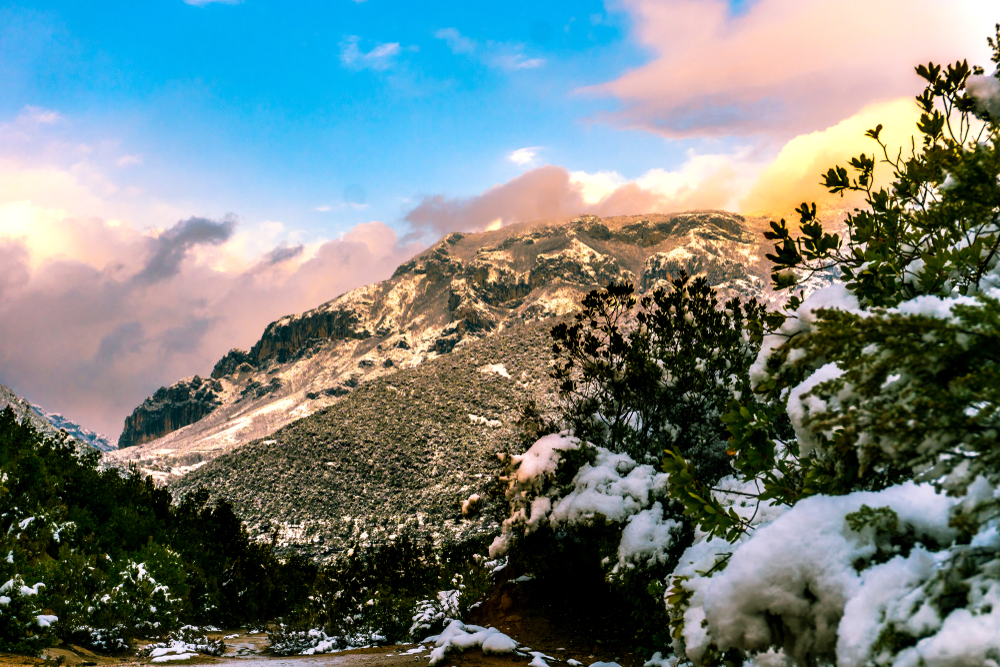
8 - Mount Dajt National Park
This park is ideal if you want to take a break from the chaos of the city; in fact it is an entirely green area with an artificial lake, which covers an area of 3,300 hectares. It is also famous for the panorama, in fact it is nicknamed natural balcony of Tirana and you can reach the top by cable car, where there are restaurants and hotels.
Here you will find a dense vegetation with forests of pines, oaks, beeches and plane trees and a rich fauna among bears, wolves, foxes, wild boars, hares, eagles and several other species living here.

9 - Pazari i Ri market
The Pazari i Ri Market is a typical city market, divided into two parts: the "green market", consisting of local fruit, vegetable, cheese and alcohol stalls, and the "fish market" where you can find fish and meat sellers.
This market is a great example to understand and enjoy the daily life of Albanian citizens, and we recommend you to visit it, especially if you pass by during your lunch break.
10 - Cathedral of the Resurrection of Christ
The Cathedral of the Resurrection of Christ, is an Orthodox cathedral that dates back to 1865 and was destroyed to build the Hotel International. It was rebuilt in 2011 and dedicated to the Resurrection of Christ.
The building is one of the largest in Europe and inside we can see several mosaics, representing some religious and historical scenes, a small museum, a library, an exhibition hall and an amphitheater.
11 - House of Leaves - Secret Service Museum
The House of Leaves, that is the Albanian Secret Service Museum, is located in a building, built by the will of a doctor, which was a gynecological clinic. It was then occupied by the Gestapo during the German invasion and then became the headquarters of the security investigation services of Albania.
House of the Leaves symbolizes both the climbing plants that grew on the walls of the building, but also the horrors of this place, a disturbing place, where many innocent citizens are executed, because of the communist regime.
Inside this building you can see the documents and tools used by the secret police and learn here a piece of Albanian history.

12 - Saint Paul’s Cathedral
This Cathedral, built in 2001, is one of the most modern religious buildings in Tirana; in fact it was designed by joining two geometric figures, a triangle and a circle, representing the Trinity and the Eternity of God. Mother Teresa and Pope John Paul II are depicted on one of the stained-glass windows.
Looking at this church, the union of past and modern, which characterizes this country, stands out immediately.
13 - Blloku district and Sky Tower
This district embodies the rebirth and renewal of the city, both because it is animated by young people, in fact it is the center of nightlife and entertainment, both for trendy restaurants, bars and clubs, shops.
During the communist regime, in this neighborhood lived the regime officials and was accessible only to them.
Here we can also visit the Sky Tower, a skyscraper with a terrace where there is a bar/ restaurant, and where you can observe a beautiful view, especially at sunset.

14 - Pyramid of Hoxha
This structure, which dates back to the communist period, was built in 1988, at the request of the dictator’s daughter, as a mausoleum for her father, Enver Hoxha. The building is structured on a series of platforms and stairs that recall the idea of power of the socialist period, and the pyramid has the shape of a twin-headed eagle, the symbol of the country.
The Pyramid has had several functions over the years, after the dictator’s body has been transferred, and will now be renovated to house a youth center.
Near this structure, you can also find the peace bell, built in 1999 with cartridges that were fired during the riots of 1997.
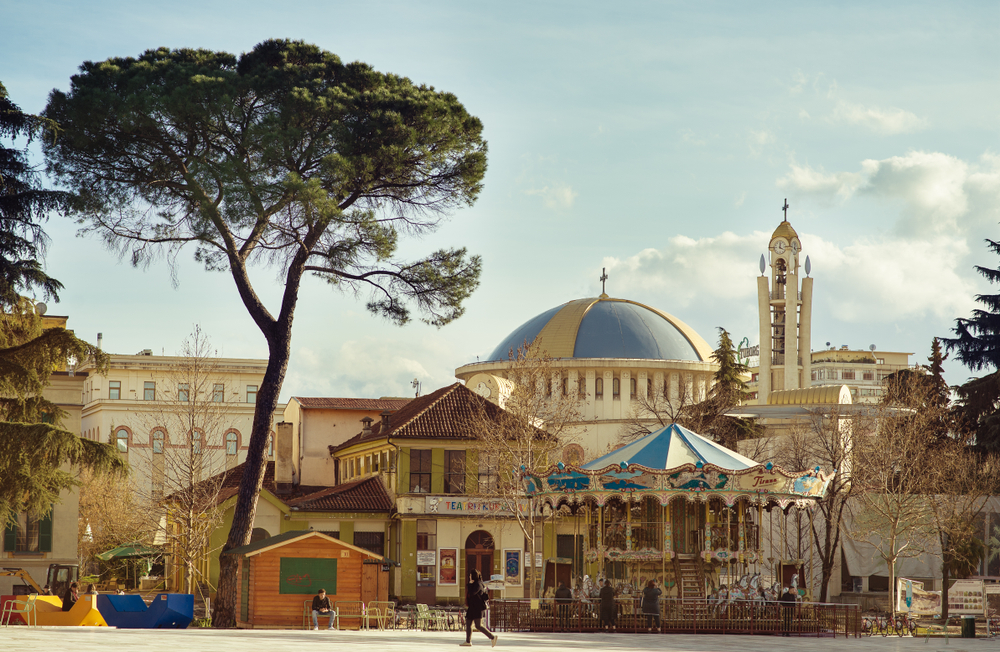
What to do in Tirana? 5 things not to be missed
1 - Apéritif at N'Dritëro: a nice library bar where you can immerse yourself in the literature of Dritëro Agolli-one of the best known Albanian Authors.
2 - Sunset over the Sky Tower: a place worth visiting for the beautiful panorama at sunset, overlooking the city.
3 - Visit to the bridge of the tanners: a bridge from the Ottoman era that evokes the history of Tirana and that is worth seeing.
4 - Look for houses from the communist period: In the city there are many tall and gray buildings from the communist period, while visiting the city pay attention to them too.
5 - Photo with I love Tirana: take a picture with this writing that is found in several cities of Albania.
Tips for your stay in Tirana
From Italy, Tirana can be reached very easily by plane, about an hour and a half by direct flight.
The period that we recommend you to consider is the spring/summer, from April to October to be exact, so you can visit the city during sunny days and when the days are longer. We also recommend staying in the city center, since the facilities in the city are very cheap, so you can walk, or alternatively by taxi and bus to places farther from the center.
The city is also suitable for children, as there are many parks where you can have fun and where you can walk in the shade and a fairground near the lake Parku i Madhcon, with rides for young and old.

 Albanian
Albanian Italian
Italian Spanish
Spanish